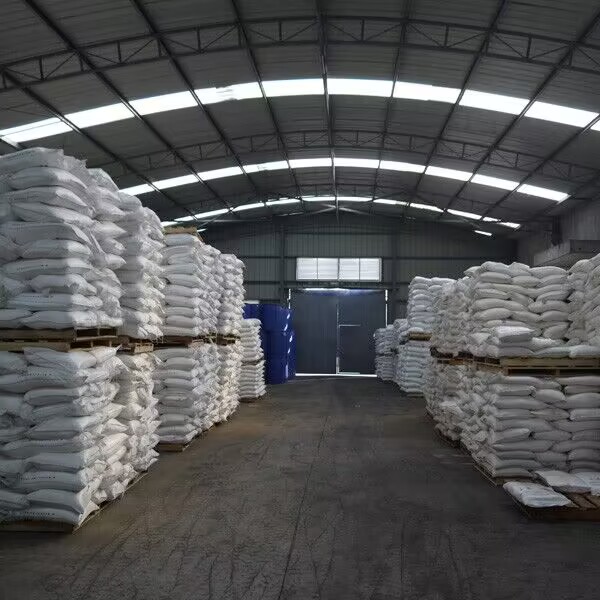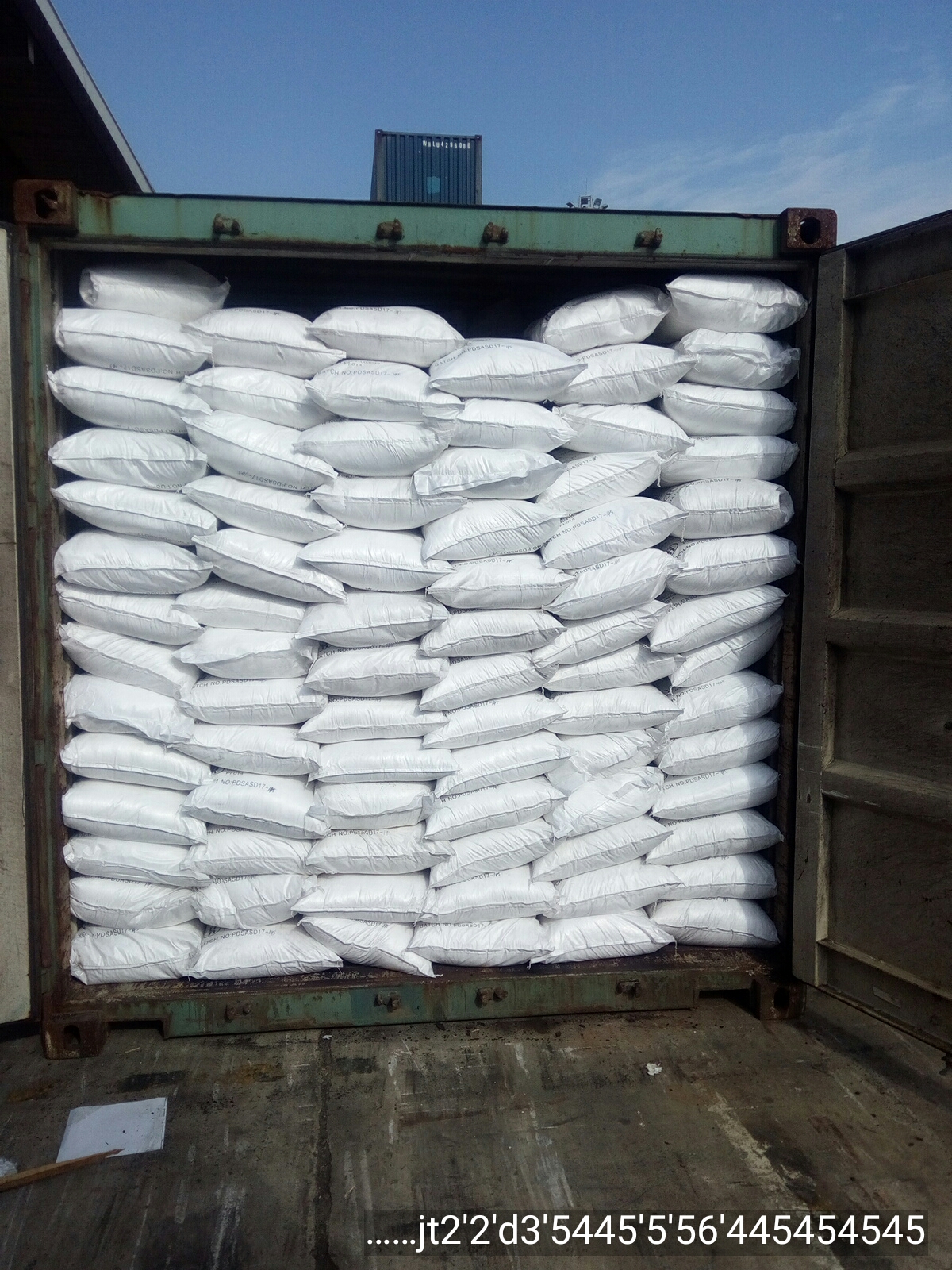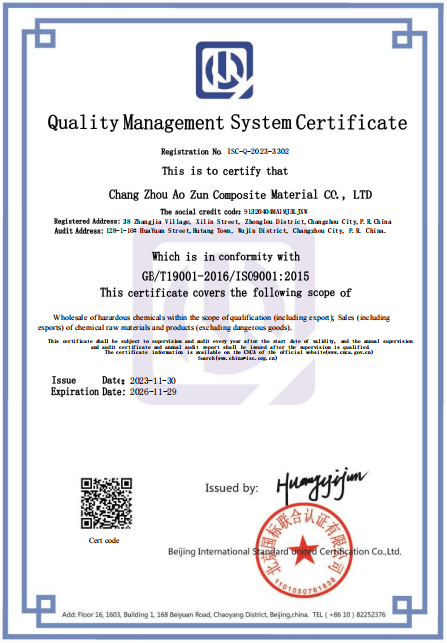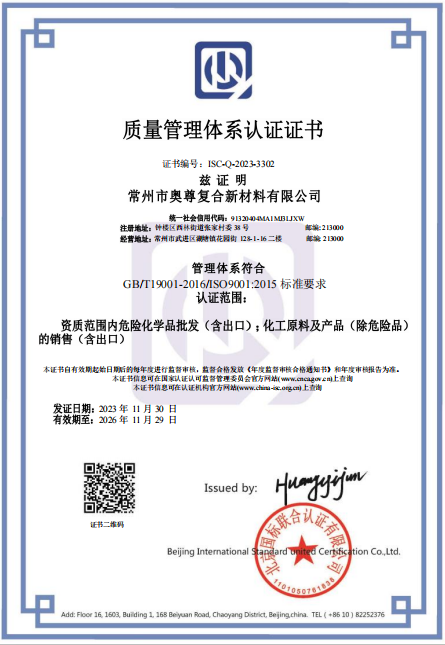As a leading manufacturer over 20 years. Our exquisite craftsmanship can meet all your requirements!
Please Choose Your Language
-
English
-
العربية
-
Français
-
Русский
-
Español
-
Português
-
Deutsch
-
italiano
-
日本語
-
한국어
-
Nederlands
-
Tiếng Việt
-
ไทย
-
Polski
-
Türkçe
-
አማርኛ
-
ភាសាខ្មែរ
-
Bahasa Melayu
-
ဗမာစာ
-
Filipino
-
Bahasa Indonesia
-
magyar
-
Română
-
Čeština
-
қазақ
-
हिन्दी
-
فارسی
-
Kiswahili
-
Slovenčina
-
Slovenščina
-
Norsk
-
Svenska
-
українська
-
Ελληνικά
-
Suomi
-
עברית
-
Latine
-
Dansk
-
اردو
-
বাংলা
-
Hrvatski
-
Afrikaans
-
Eesti keel
-
සිංහල
-
latviešu
-
Български
-
Hausa
-
íslenska
-
Kurdî
-
Lietuvių
-
isiZulu











 Phosphorus pentachloride has been used for the vaccum distillation of 1-methyl-2-pyrrolidinone (NMP), which was employed as mobile phase in a chromatographic analysis.
Phosphorus pentachloride has been used for the vaccum distillation of 1-methyl-2-pyrrolidinone (NMP), which was employed as mobile phase in a chromatographic analysis.























